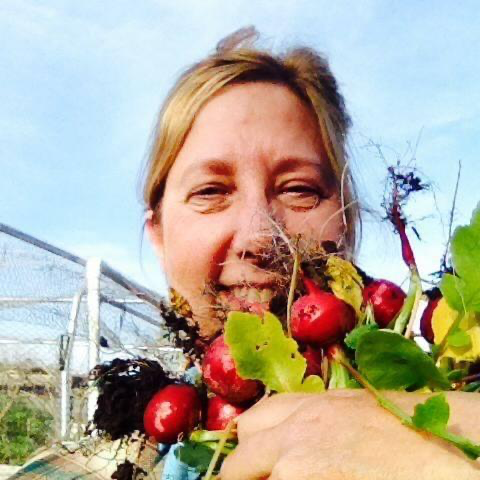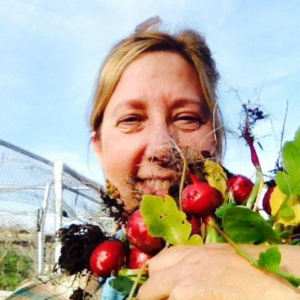Growing your own vegetables saves you money — and it can be fun.
![]()
By Sharon McCray

Sharon McCray
Can it be that Christmas is a distant memory and it is time to get thinking about our spring plantings and summer harvests?
The cold, wet weather has certainly put a dampener on our garden and is taking its toll on getting out and getting our hands in the soil. This time of year is ideal for considering what worked best last year, what didn’t work and what we can do now to make some positive changes.
The seed catalogs have started coming in and there are more new introductions than ever before. Some of these new introductions are old heirloom varieties that are just getting back into the market while others are newly hybridized varieties. The heirlooms will provide a link to our past and the hybridized might provide more success due to their ability to adapt to our ever changing climate and soils.
By growing your own plants you will find a much wider selection of varieties that are not usually found at local garden centers. Plus, you can save a ton of money.
 Typically one seed packet contains a minimum of 25 seeds and at $4 for the packet, results in a cost of 16 cents per plant. With the exception of onion seeds, most seeds will last years. An added cost is potting soil.
Typically one seed packet contains a minimum of 25 seeds and at $4 for the packet, results in a cost of 16 cents per plant. With the exception of onion seeds, most seeds will last years. An added cost is potting soil.
Always buy the best you can afford. Most bags of soils available these days contain organic fertilizers such as manures and guano, saving additional costs.
Any way you calculate it, the savings can be significant. Plus, there are “seed libraries” throughout the county where seeds are traded free of charge.
One of my favorite seed companies is Renee’s. Some of their new introductions this year of vegetable seeds includes a Rainbow Jalapeno Chiles called “Spice Trio,” a new pole bean called “Yard Long Noodle King” and an Heirloom Sweet Pea called “Mermaids Dream.” Contact Renee’s at [email protected].
 Every year I look forward to the Johnny’s Selected Seeds catalog (Johnnyseeds.com). This hefty booklet contains fantastic photos and descriptions for every seed they sell, along with zone requirements. Santa Clara County is mostly Zone 9 except for a few micro-climates. A search for “climate zones by zip code” should provide useful information for selecting seeds best suitable for your area.
Every year I look forward to the Johnny’s Selected Seeds catalog (Johnnyseeds.com). This hefty booklet contains fantastic photos and descriptions for every seed they sell, along with zone requirements. Santa Clara County is mostly Zone 9 except for a few micro-climates. A search for “climate zones by zip code” should provide useful information for selecting seeds best suitable for your area.
Some of this year’s introductions include an interesting looking tri-color tomato called “Captain Lucky” along with a new winter squash named “Kabocha Squash.” The Narvik carrot and Tempo XR Corn might also be worth a try.
If you’re into tomatoes, Totally Tomatoes might be a good place to check out (Totallytomatoes.com). They are family owned and leading supplier of non-GMO seeds and plants.
When selecting your seeds remember if you have certain growing concerns, there are codes on the seed packets to help you select seeds for success. VFN means the plant will be resistant to verticillum and fusarium wilts and nematodes. TSWV means the plant will be resistant to tomato spotted wilt virus. Their new introduction of “Pot-a-peno” pepper looks especially interesting to me this year. They also offer a newcomer pepper called “Candy Cane Chocolate,” a nice looking mini-bell which will ripen in 75 days.
It’s not too late to order seeds and online orders are usually delivered within a few days.
Try something different and interesting. Don’t let the lack of sunny skies or cold days get in the way of growing some fantastic new varieties to enhance your garden and palette.
Life is too short.

Sharon McCray is a California native living in Santa Clara County since 1959. She became certified as a University of California cooperative extension master gardener in 1992 and a UCCE master naturalist in 2015. She hosts a monthly radio show on KKUP public radio and is now retired.






